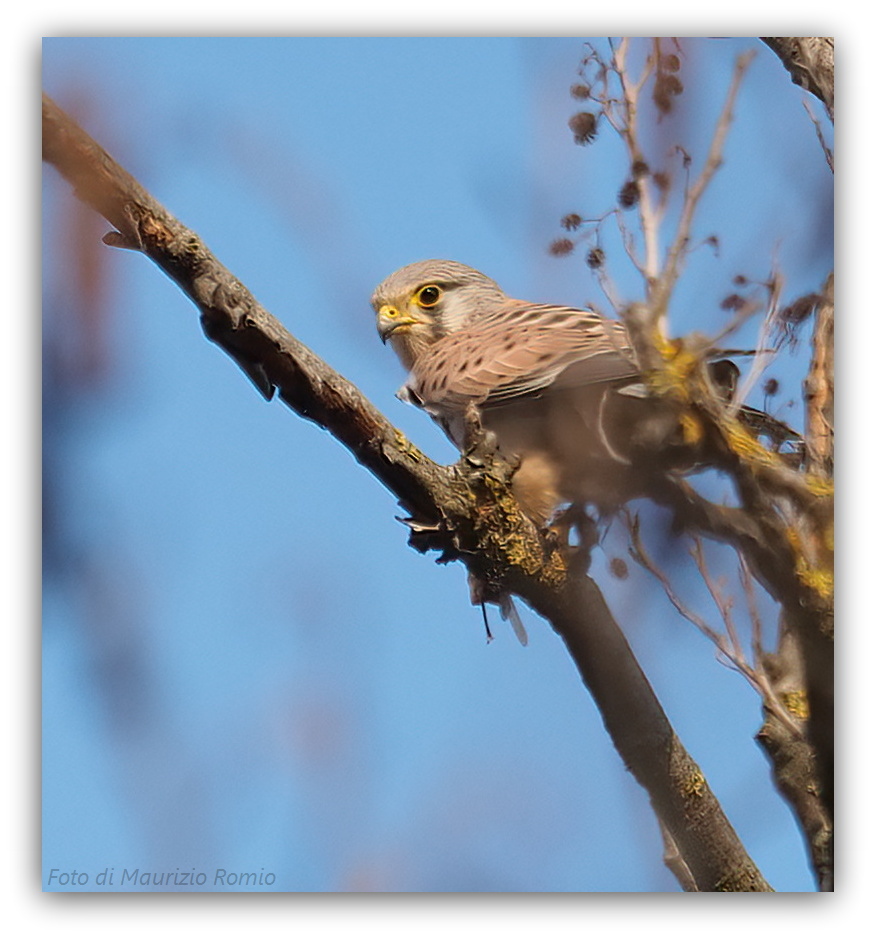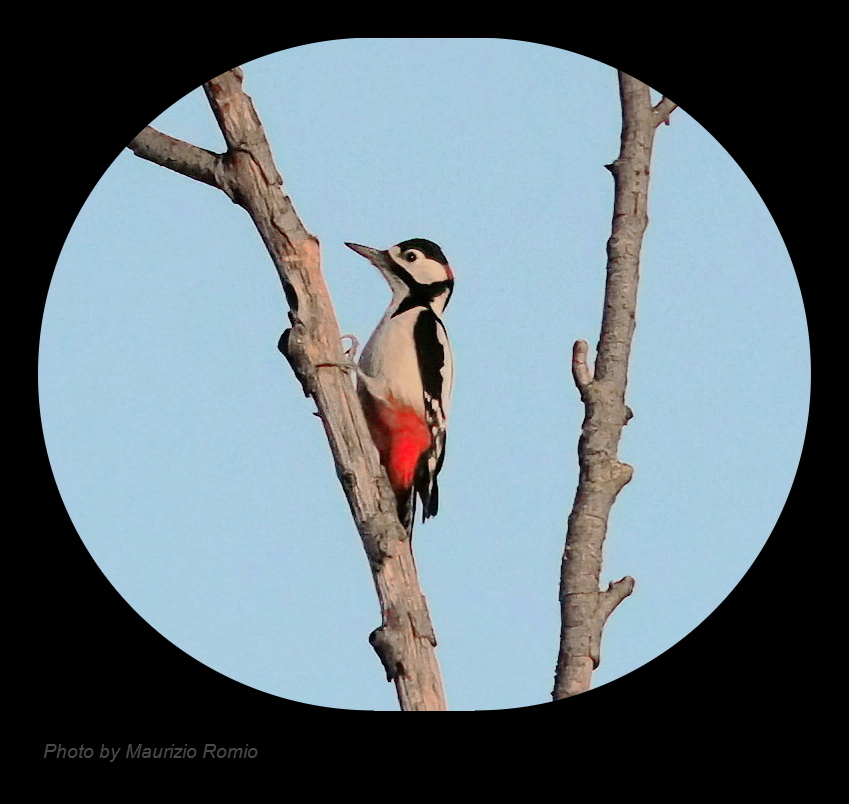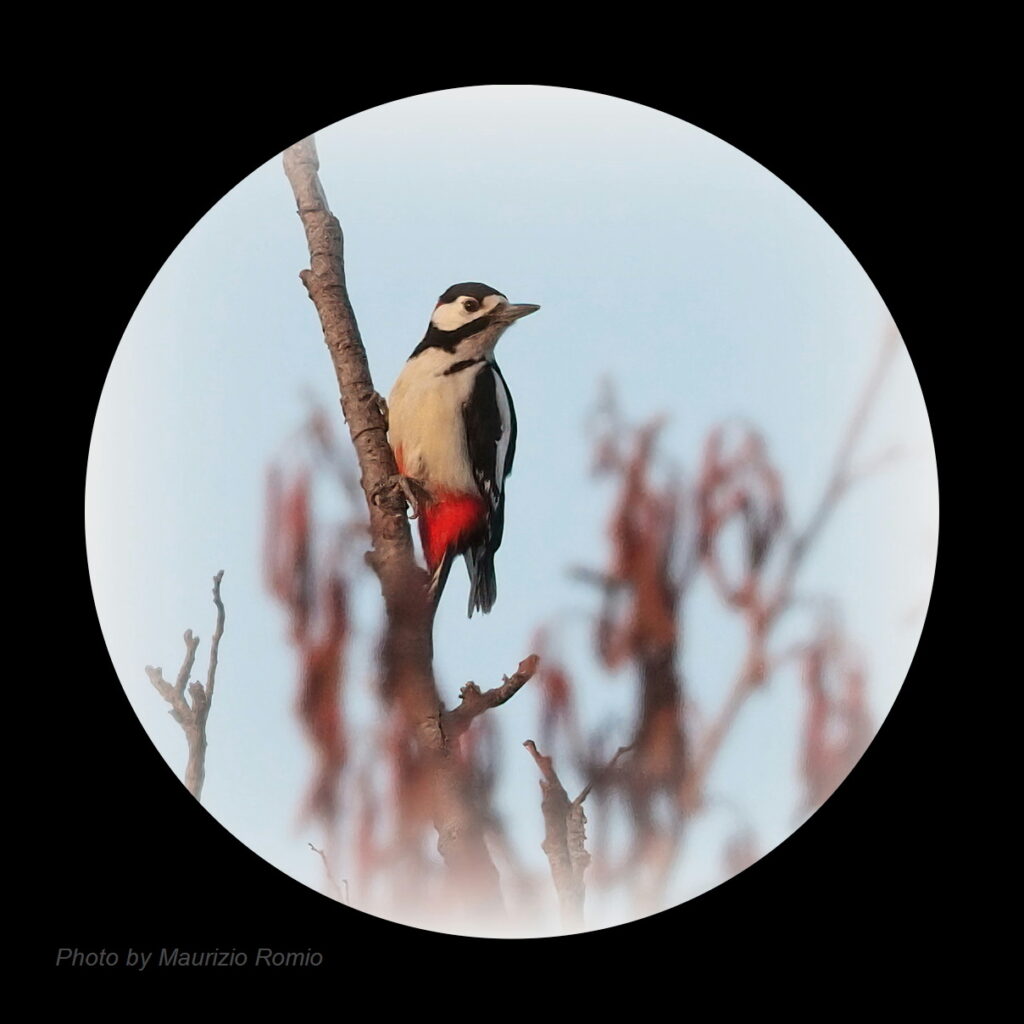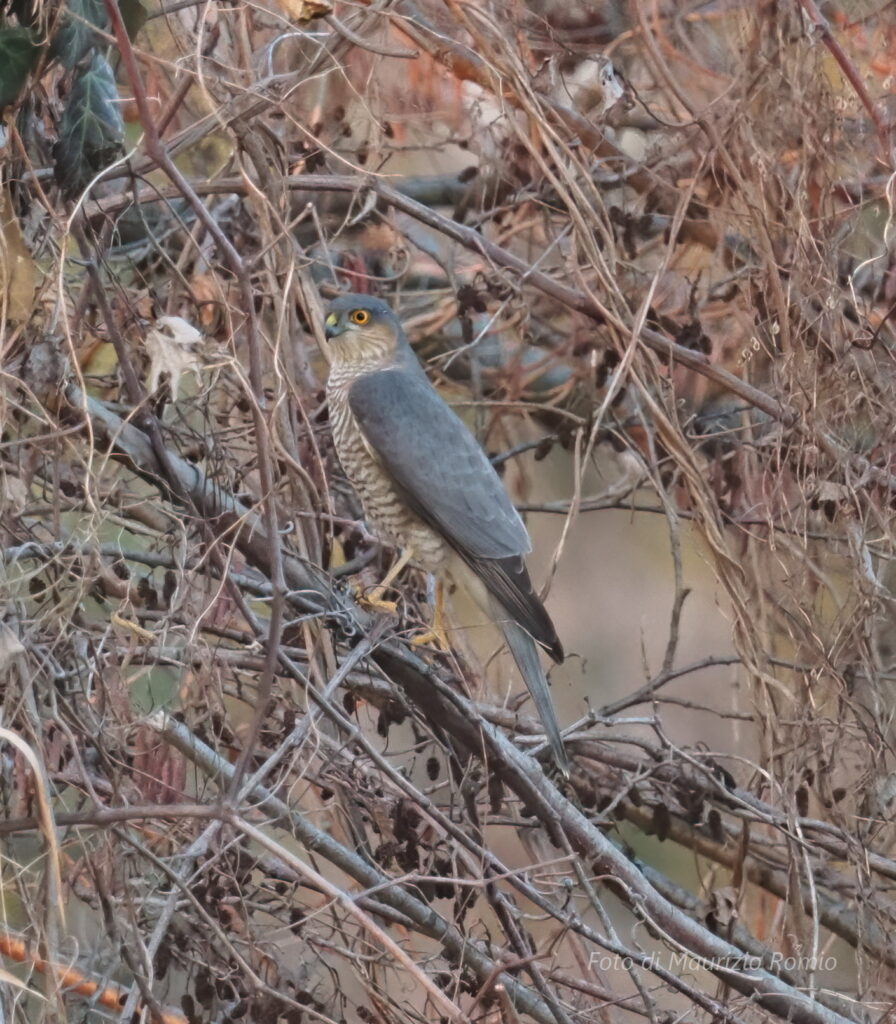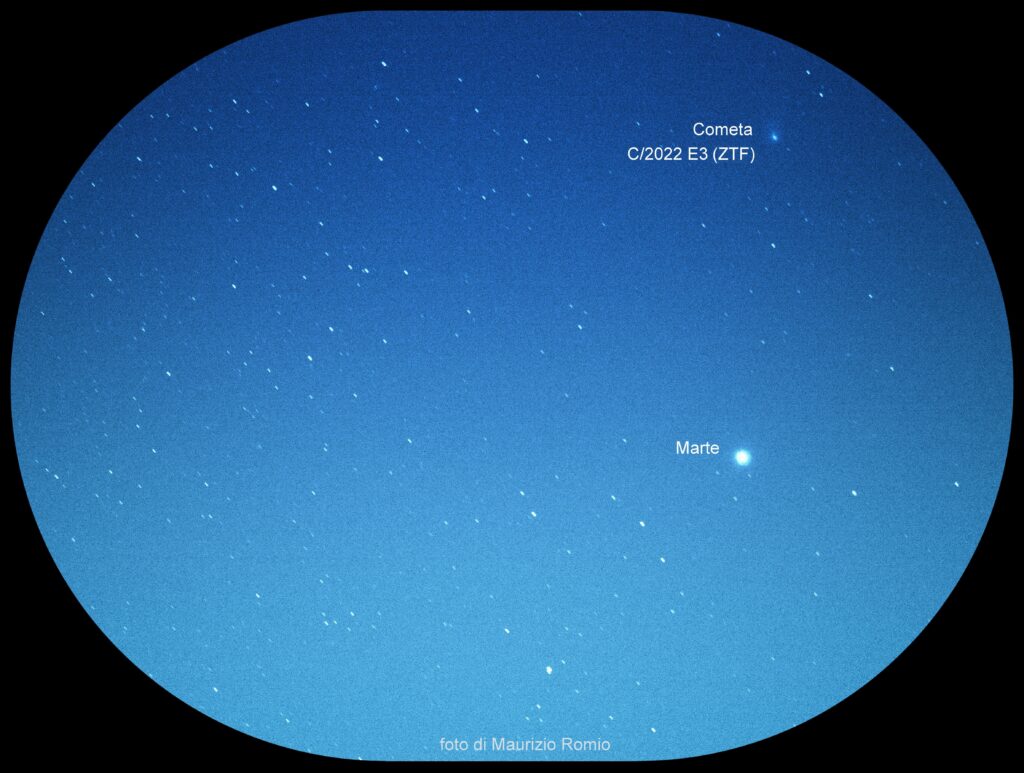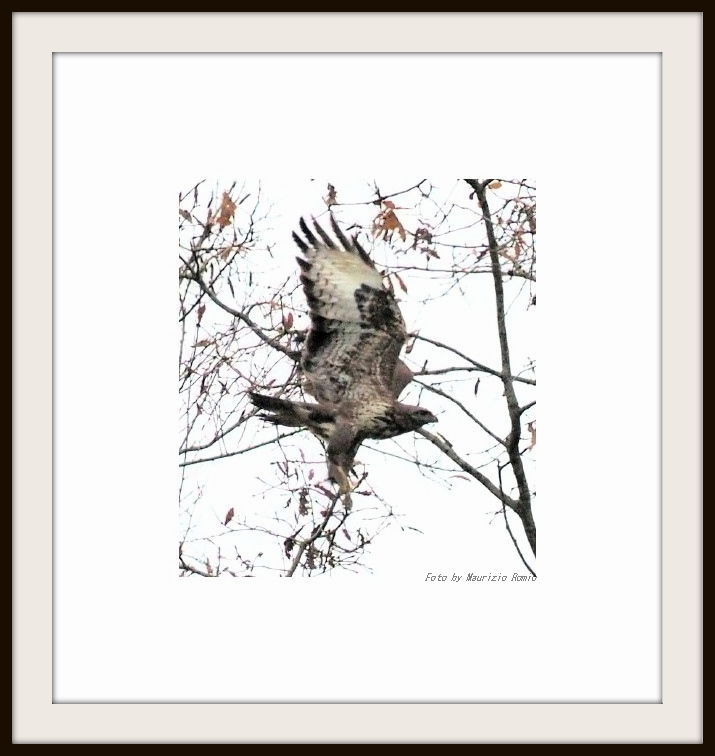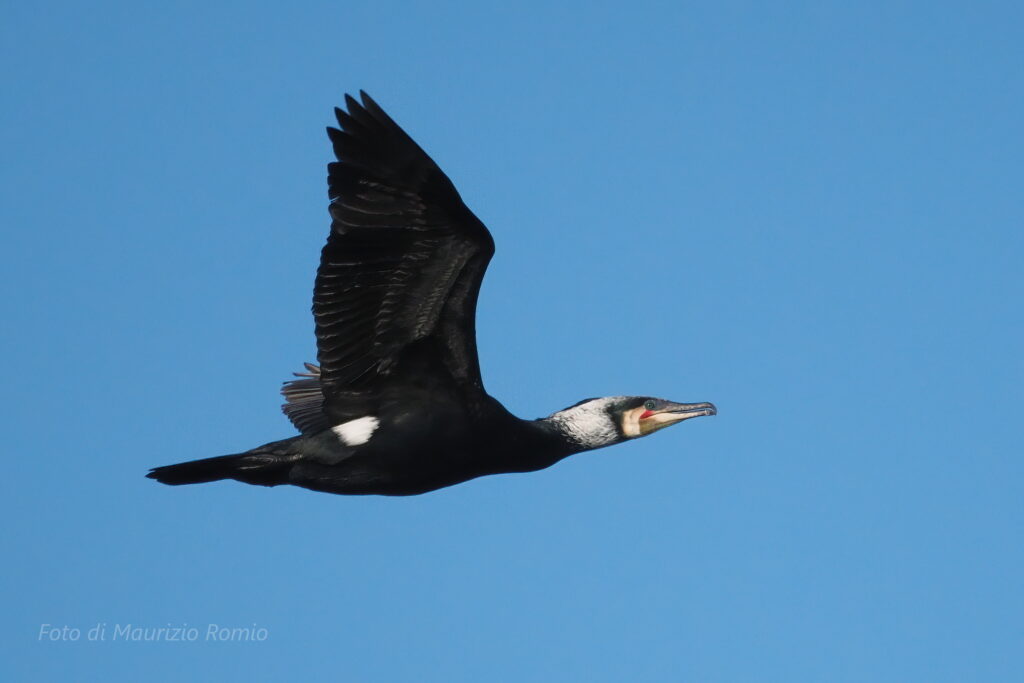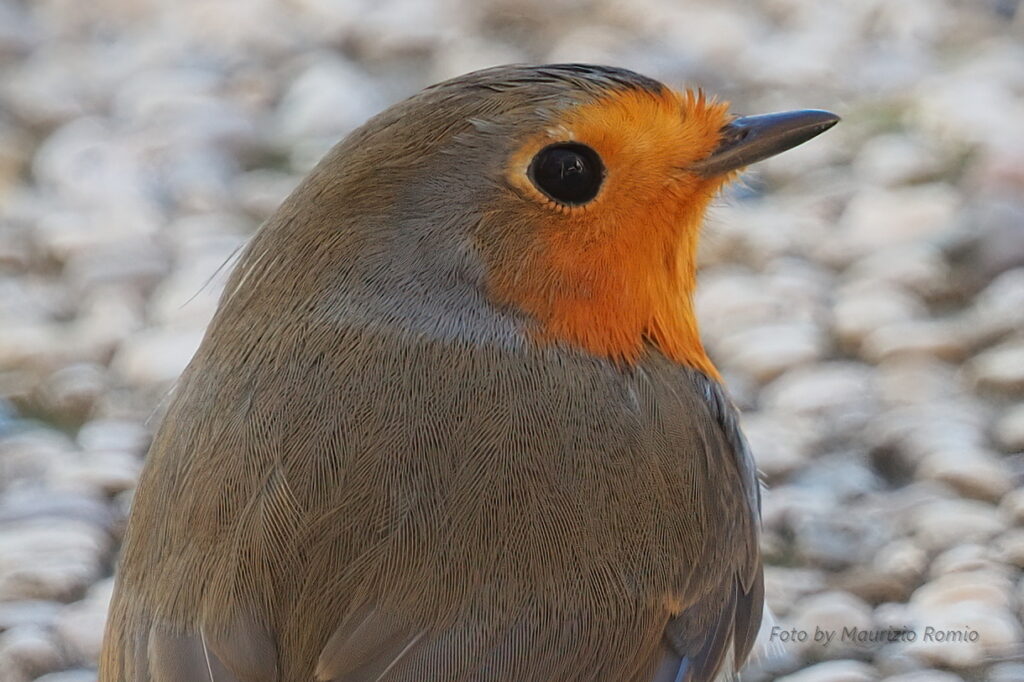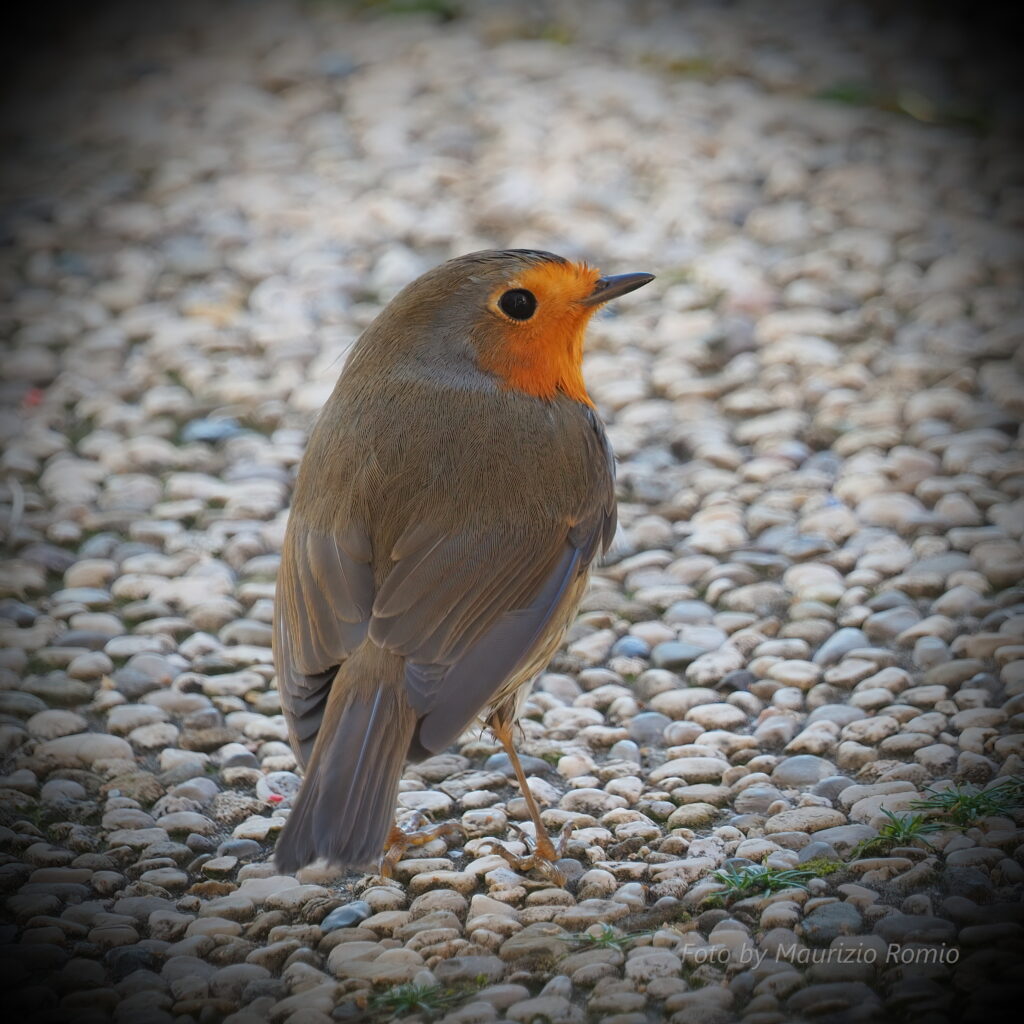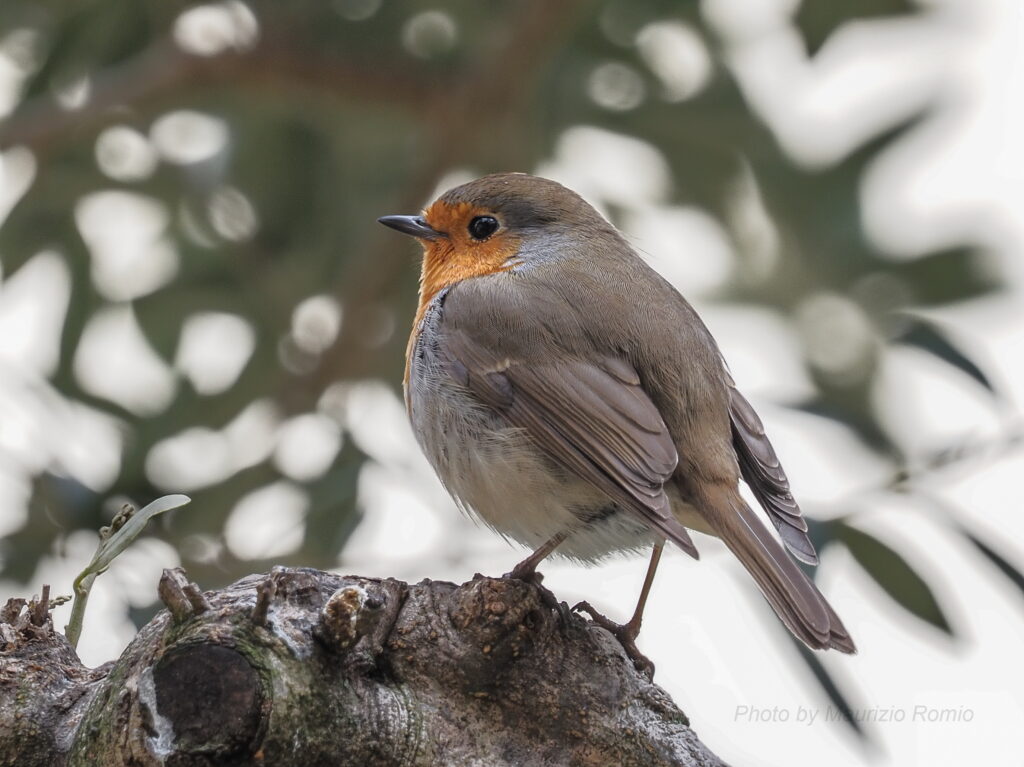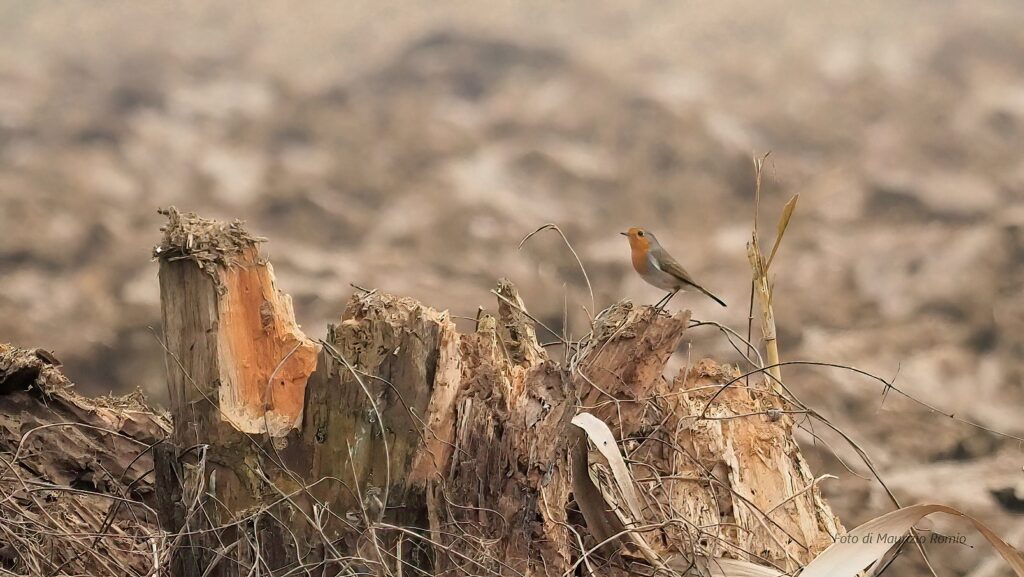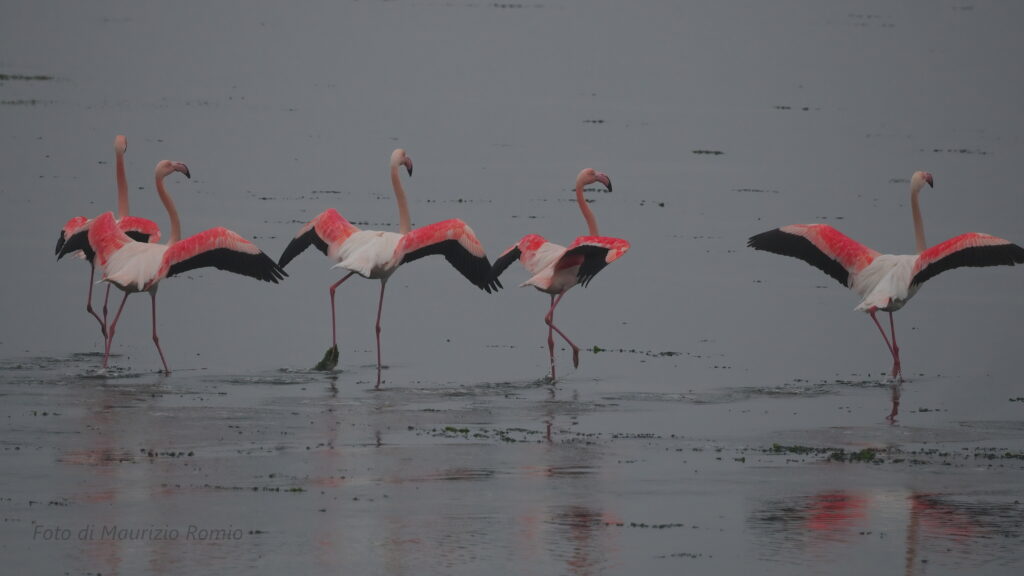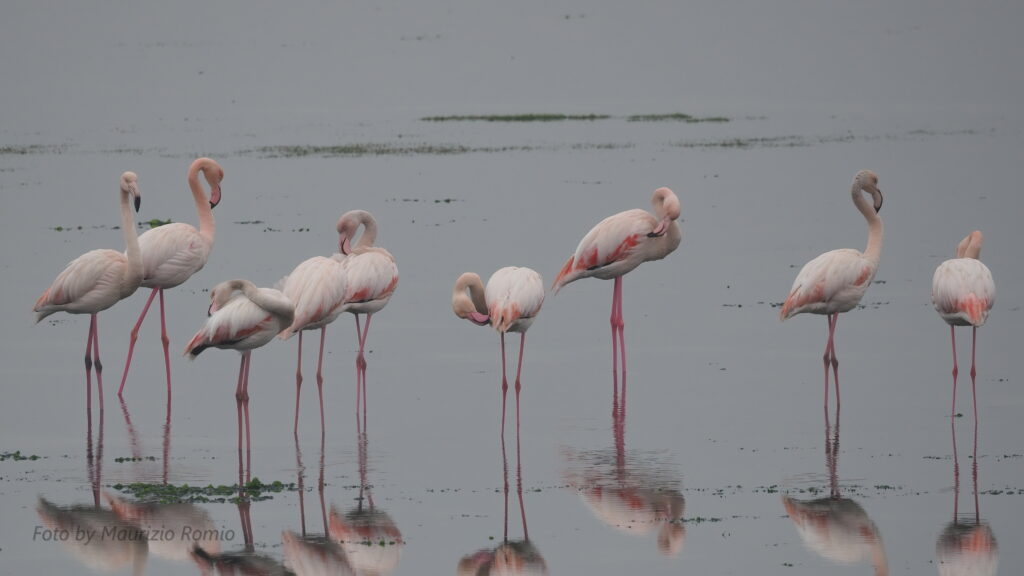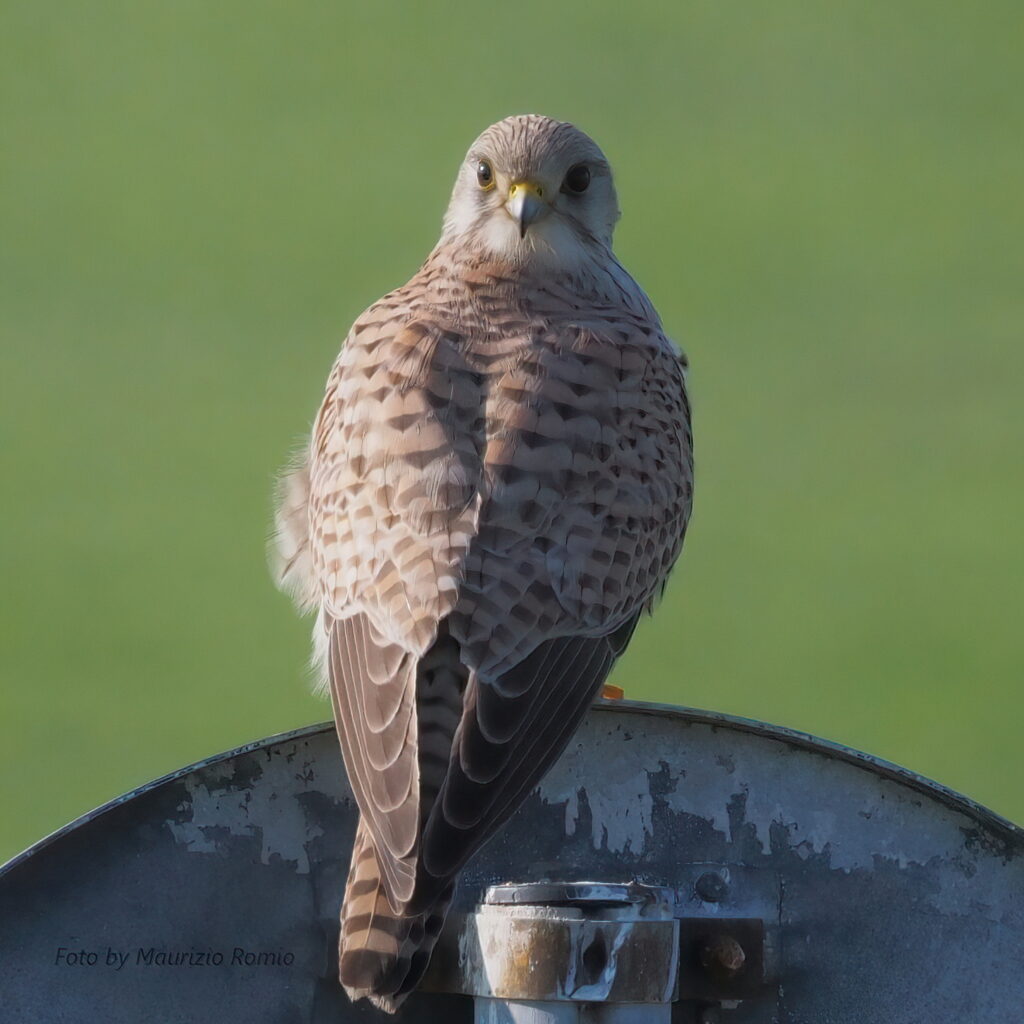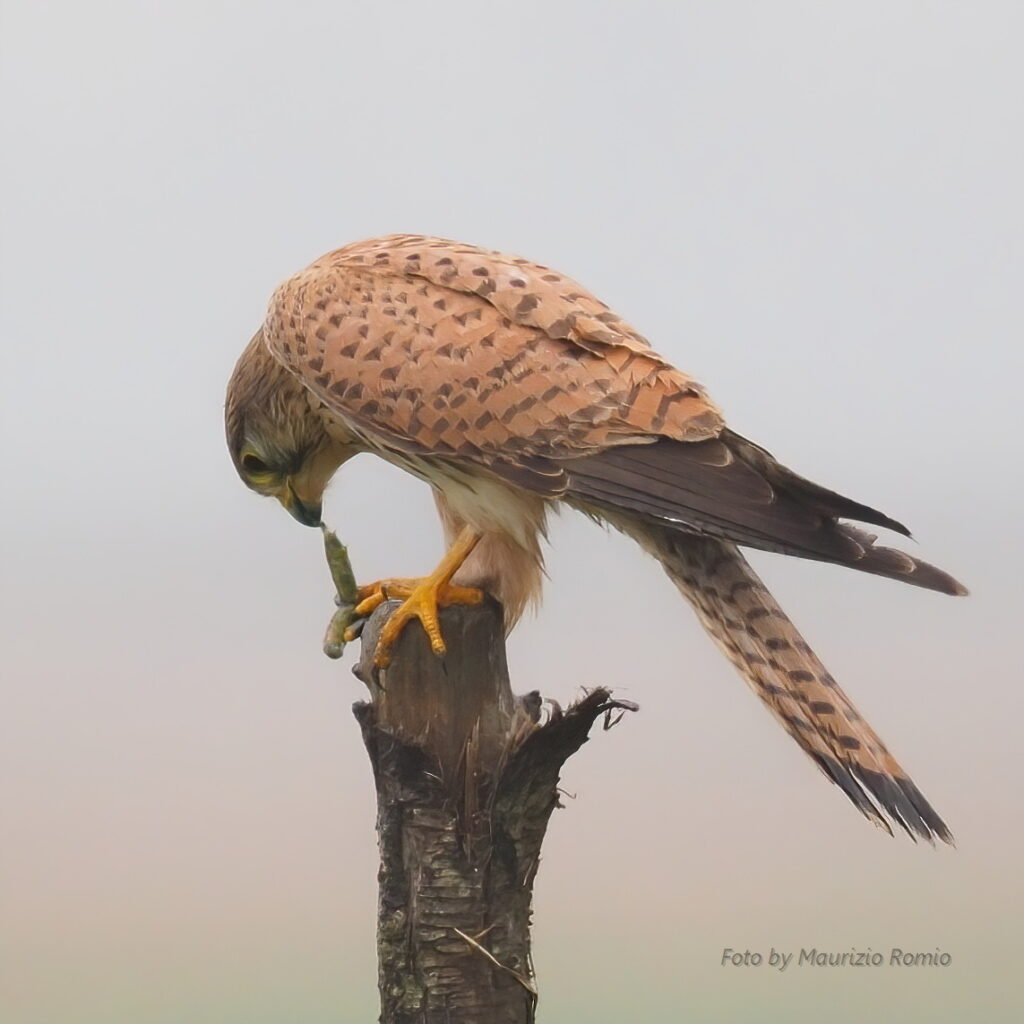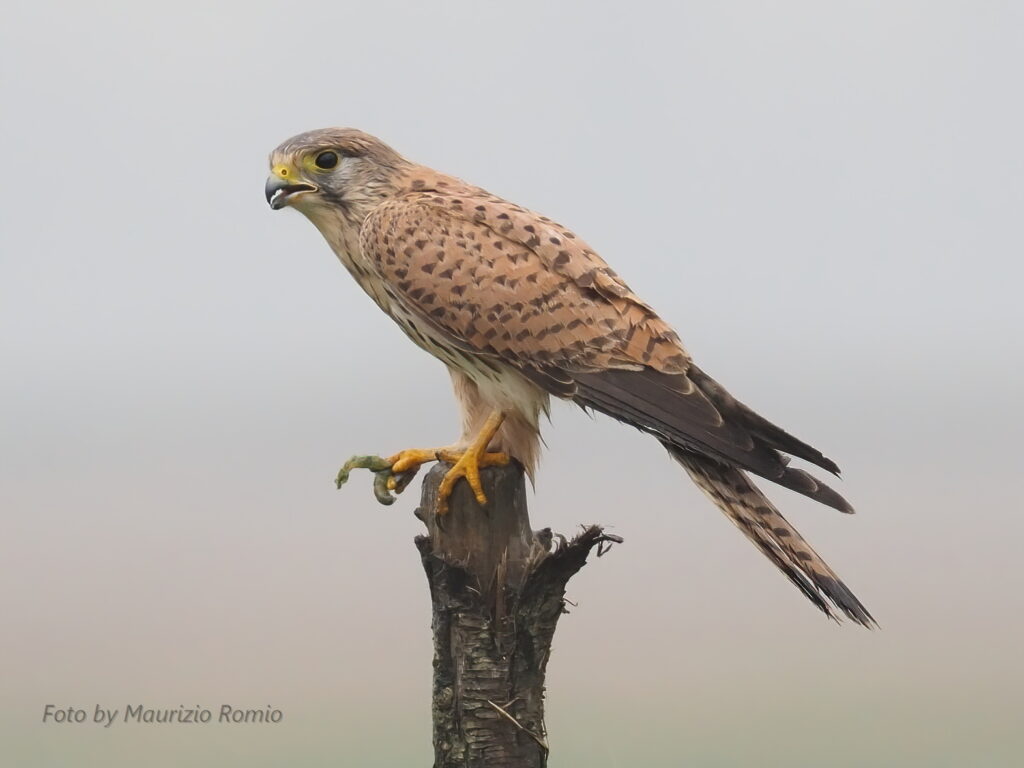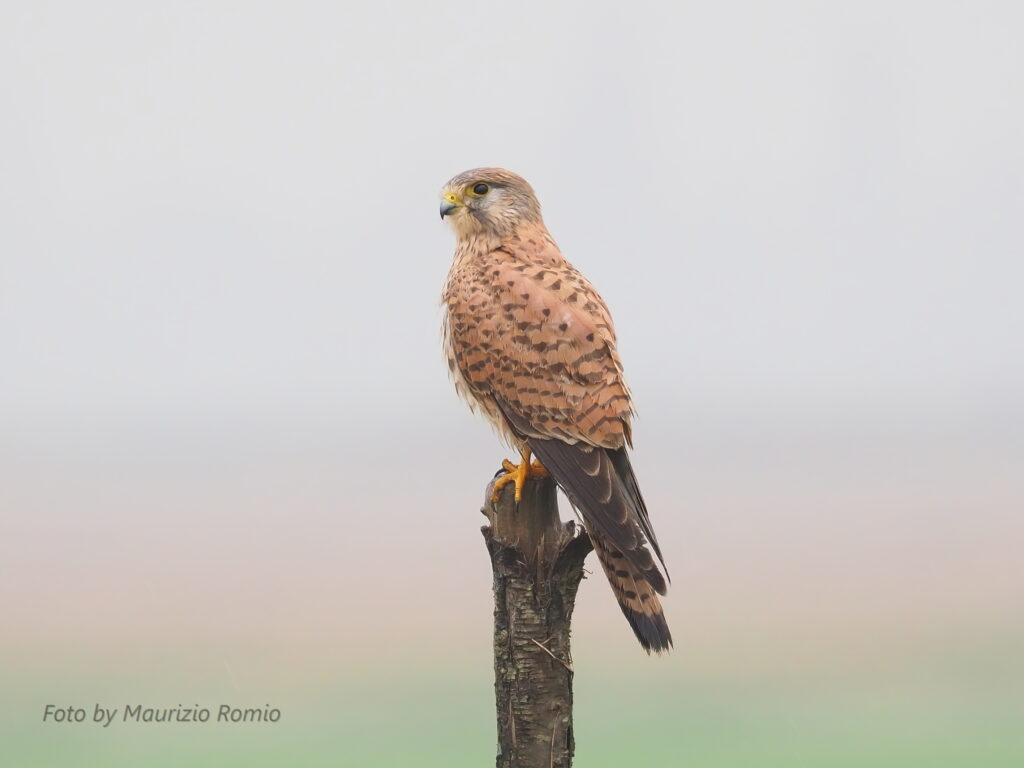Continua la mia esperienza nel campo della fotografia alla fauna selvatica. Al mio corredo fotografico Olympus, ora OM Digital Solution, ho recentemente aggiunto un duplicatore di focale 2x. Per capirne l’uso e la praticità ho deciso quindi di scattare alcune fotografie agli uccelli nel mio circondario utilizzando la mia macchina fotografica Olympus OM-D E M10 III in abbinamento con il teleobiettivo M. Zuiko Digital ED 100 400 f5.00-6.3 IS e il duplicatore di focale M.Zuiko Teleconverter MC-20. L’obiettivo M.Zuiko 100-400mm micro quattro terzi offre la lunghezza focale 200-800mm del formato full frame 35 mm. Applicando a quest’ ottica il duplicatore di focale Teleconverter MC-20 si raddoppia la lunghezza focale e alla massima estensione dell’obiettivo si arriva ai 1600mm del formato 35 mm. Ho cercato in questo contesto di tener presente e provare ad esprimere attraverso questi miei scatti il concetto antico dell’ aurea mediocritas che considera aureo la via di mezzo tra gli opposti o, per usare un altro termine, tra gli estremi.
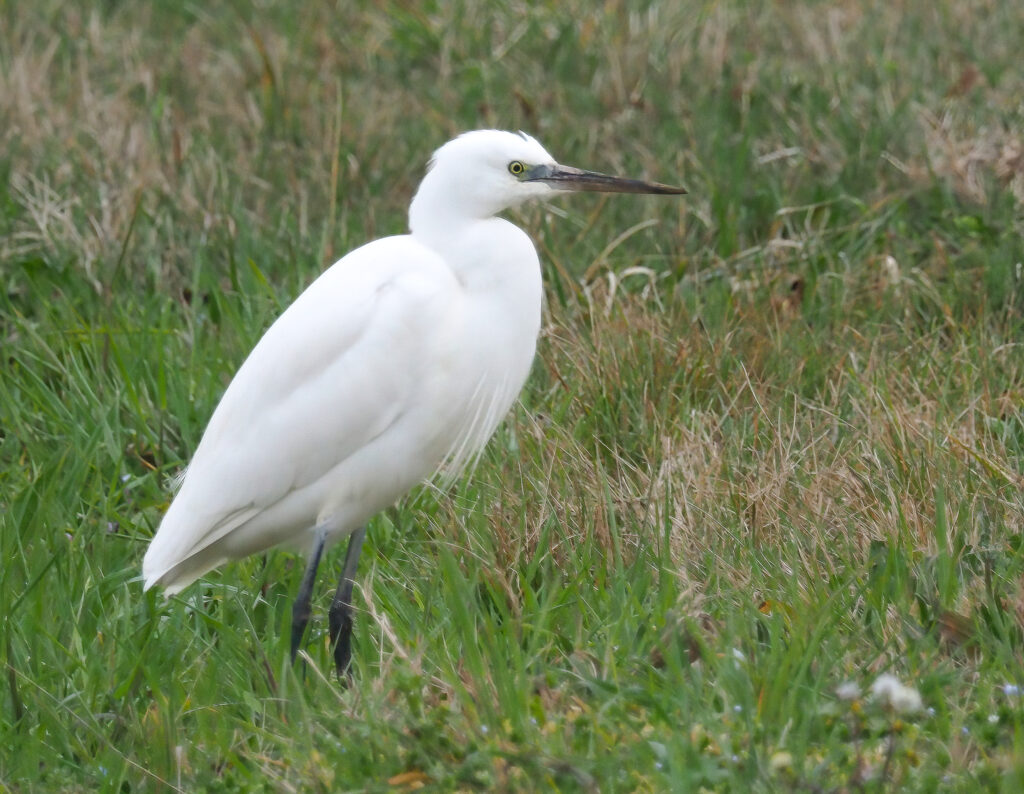
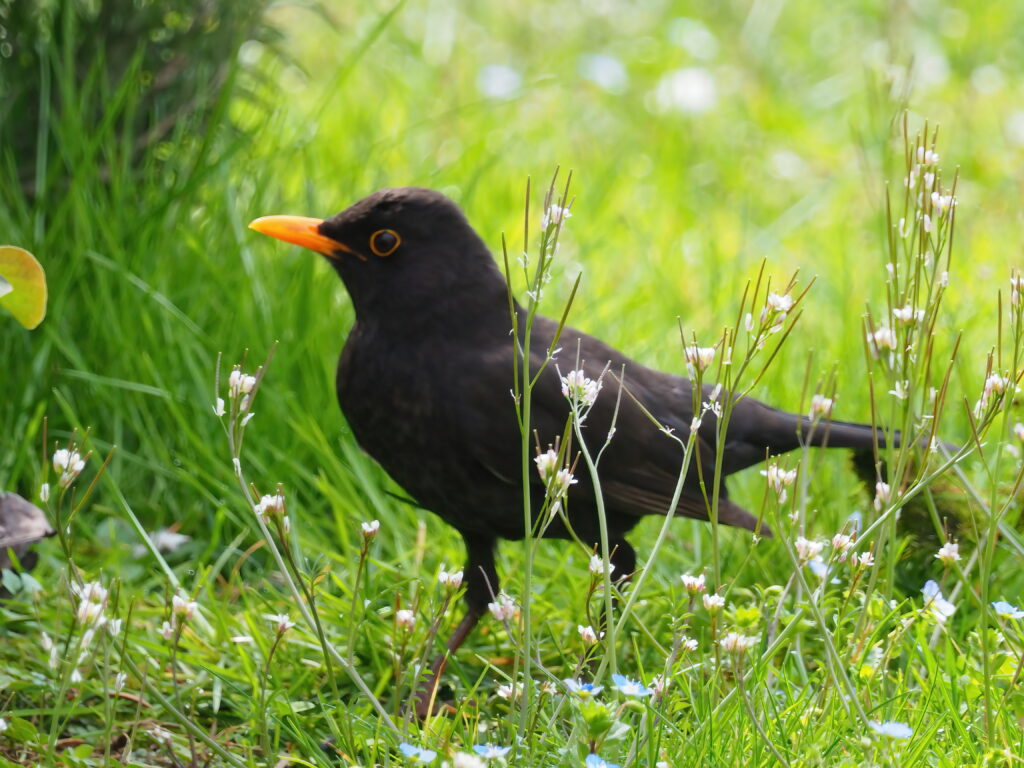
Vari sono gli elementi con i quali mediare, in primis la velocità di scatto e la sensibilità ISO. Naturalmente le dimensioni del soggetto fotografato e la sua distanza dal punto di ripresa condizionano il risultato che si può ottenere. Un uccellino di 14 cm ad una distanza di 40 metri fotografato con una focale m4/3 di 800mm occupa circa il 20% del sensore.
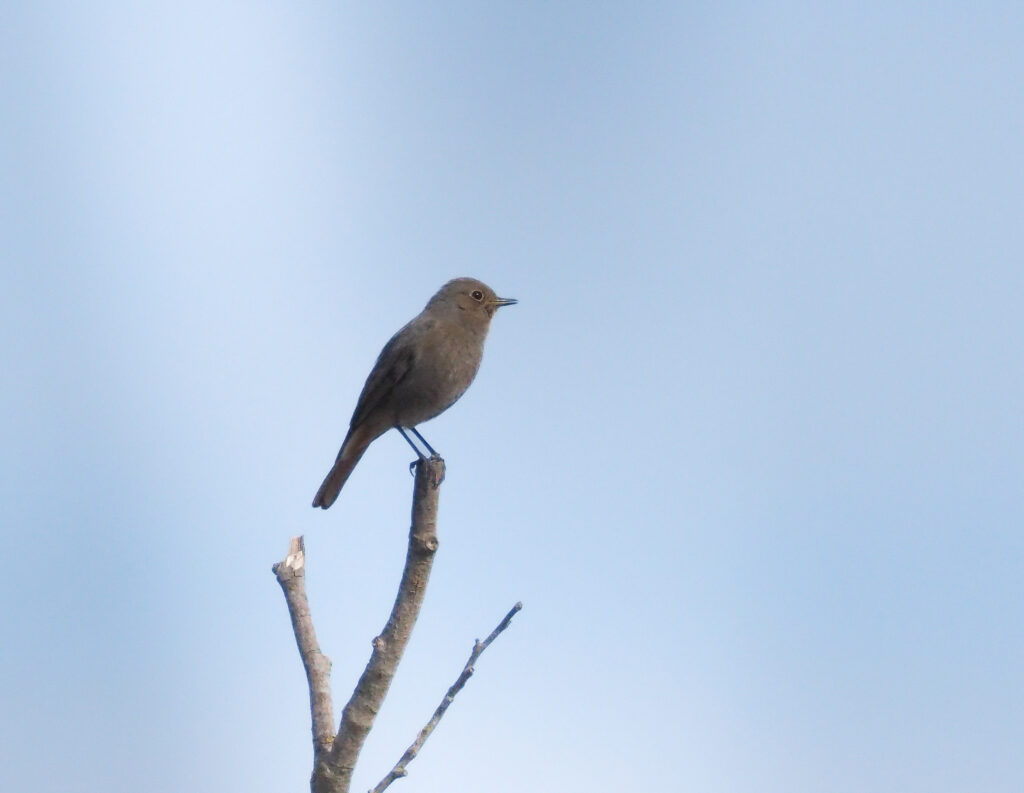
In post produzione si può eventualmente procedere all’ingrandimento dell’immagine originale ma in questo caso si perde in qualità. Di una foto è importante valutare anche il suo significato intrinseco. A volte un interesse documentaristico può prevalere rispetto alla resa fotografica.
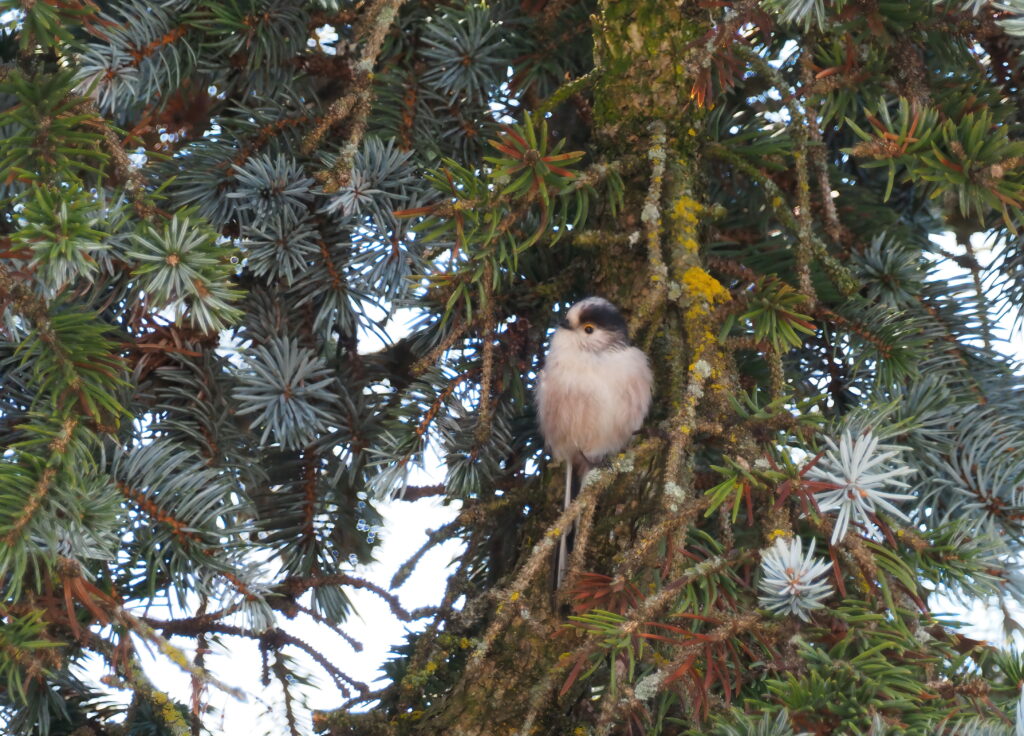
La visione dei minimi dettagli del soggetto fotografato può essere secondaria rispetto ad altri aspetti.
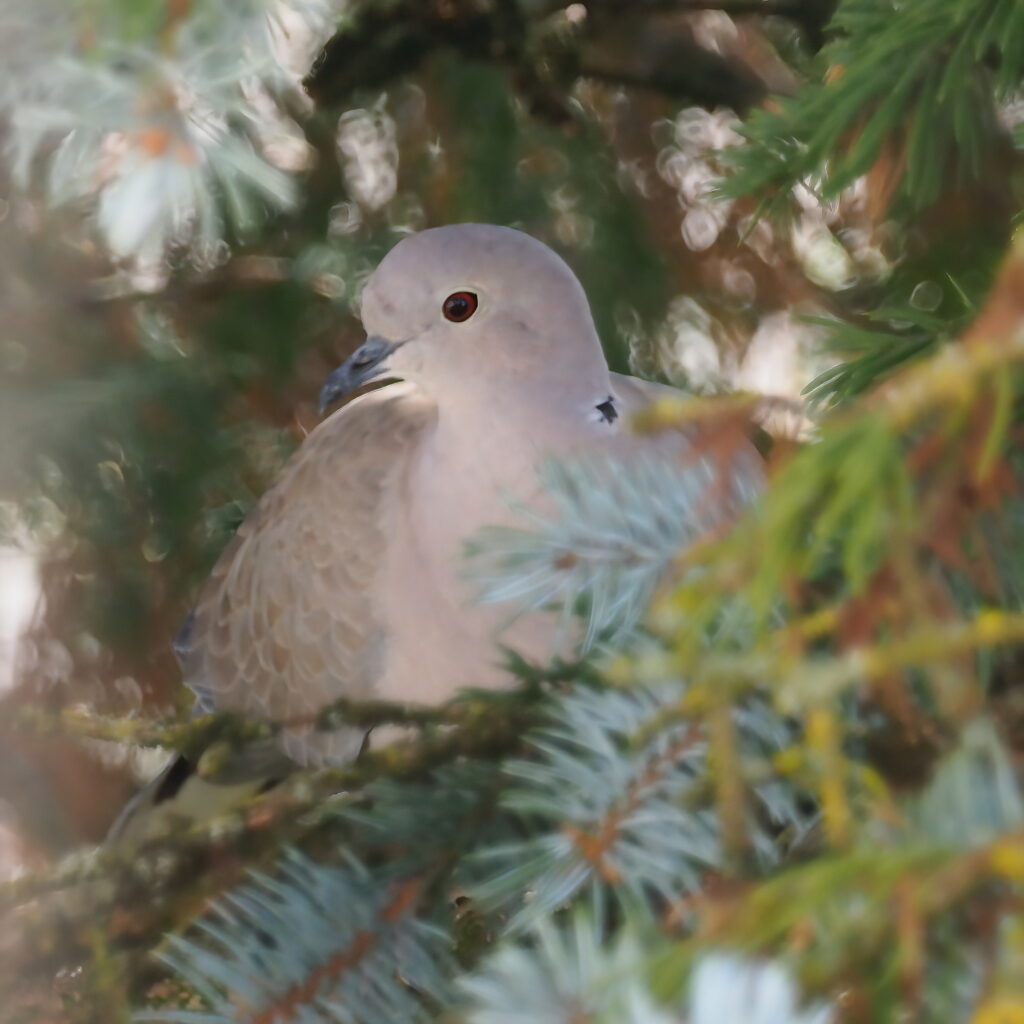
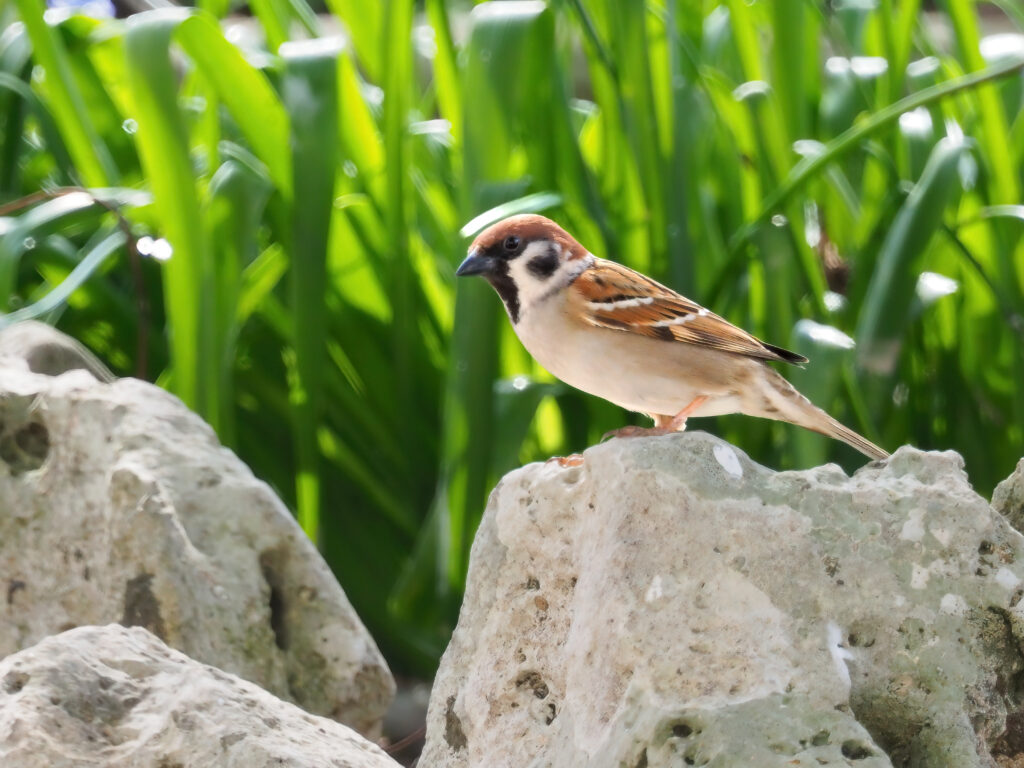
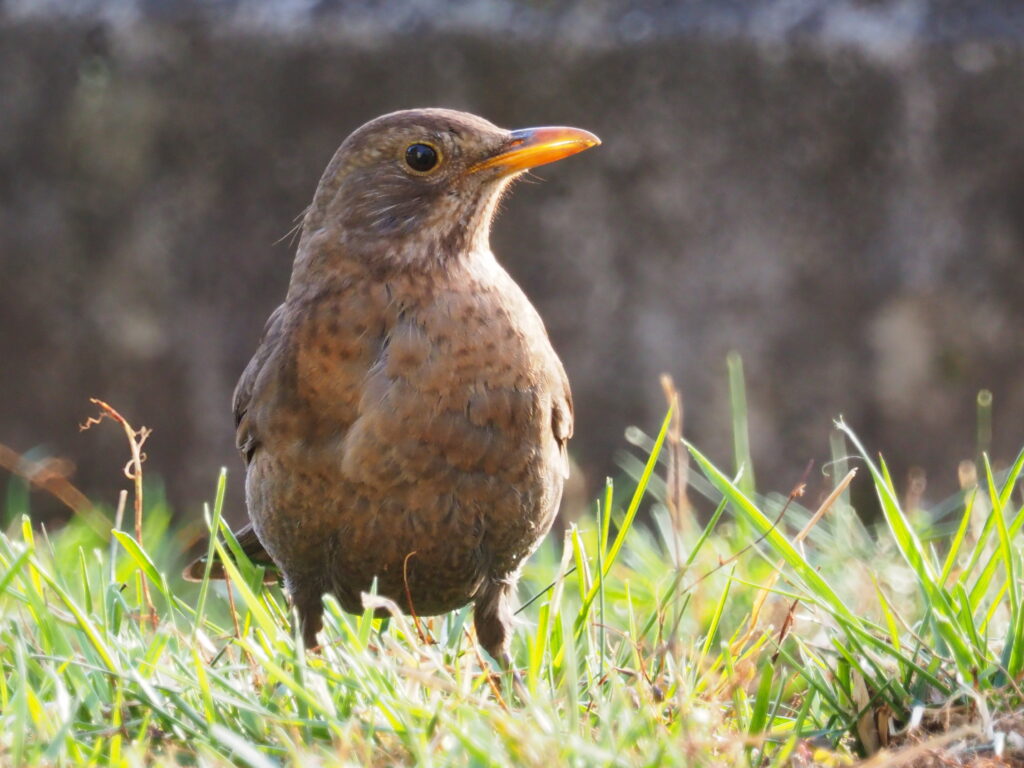
My experience in wildlife photography continues. To my Olympus photography kit, now OM Digital Solution, I recently added a 2x focal length duplicator. Therefore, to understand its use and practicality, I decided to take some photographs of birds in my surroundings using my Olympus OM-D E M10 III camera in combination with the M. Zuiko Digital ED 100 400 f5.00-6.3 IS telephoto lens and the M.Zuiko Teleconverter MC-20 focal length duplicator. The M.Zuiko 100-400mm micro four-thirds lens offers the 200-800mm focal length of the 35mm full frame format. Applying the Teleconverter MC-20 focal length duplicator to this ‘optic doubles the focal length and at the maximum extension of the lens reaches 1600mm of the 35 mm format. I have tried in this context to keep in mind and try to express through these shots of mine the ancient concept of ‘aurea mediocritas that considers golden the middle ground between opposites or, to use another term, between extremes. Various are the elements with which to mediate, primarily the shooting speed and ISO sensitivity. Of course, the size of the subject being photographed and its distance from the shooting point condition the result that can be achieved. A 14-cm bird at a distance of 40 meters photographed with an m4/3 focal length of 800mm takes up about 20 percent of the sensor. In post production one can possibly enlarge the original image but in this case quality is lost. Of a photo it is also important to evaluate its intrinsic meaning. Sometimes a documentary interest may outweigh photographic output. Seeing the smallest details of the photographed subject may be secondary to other aspects.

